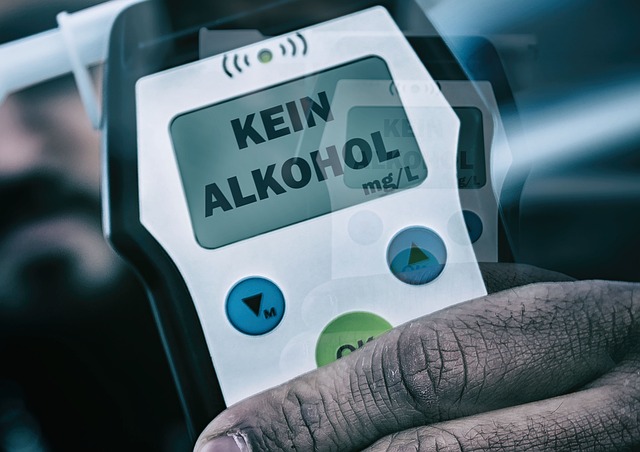Rural and urban areas differ in DUI laws, with rural regions having less stringent penalties due to lower traffic incident rates, resulting in smaller insurance rate increases. Urban areas, facing higher traffic congestion and density, enforce stricter DUI regulations, leading to harsher penalties and significant premium hikes post-conviction. Insurance rate adjustments after a DUI significantly vary based on regional risk assessments and local legal frameworks.
In the vast landscapes of rural and urban America, Driving Under the Influence (DUI) laws vary significantly. This article delves into the nuances of these disparities, focusing on insurance rate adjustments as a pivotal difference. Understanding how DUI convictions affect premiums in rural versus urban areas is crucial for drivers nationwide. From higher rates in remote communities to more lenient penalties in metropolitan hubs, the implications are far-reaching. By exploring these contrasts, we equip drivers with knowledge to navigate their insurance options post-DUI conviction.
- Understanding Rural and Urban DUI Laws
- Insurance Rate Adjustments: Key Differences
- Implications for Drivers Across Landscapes
Understanding Rural and Urban DUI Laws

In the realm of driving under the influence (DUI) laws, rural and urban areas often face distinct challenges that influence legislation. Rural communities typically have fewer traffic incidents overall compared to urban centers, which can lead to less stringent DUI regulations. This disparity is further exacerbated by varying insurance rate adjustments after DUI convictions. In many cases, rural residents might experience more lenient penalties, including reduced fines and shorter license suspensions, reflecting the lower risk posed by DUI in these areas.
Conversely, urban areas grapple with heavier traffic congestion and a higher density of vehicles, making them hotspots for DUI incidents. Consequently, urban DUI laws tend to be stricter, often incorporating harsher penalties like heightened fines, extended license suspensions, or even jail time. Additionally, insurance rate adjustments after DUI in urban settings usually result in significant premium increases due to the elevated risk associated with dense populations and heavy traffic.
Insurance Rate Adjustments: Key Differences

In many jurisdictions, a conviction for Driving Under the Influence (DUI) can significantly impact an individual’s insurance rates, with rural and urban areas often having distinct rules regarding these adjustments. The differences in insurance rate hikes between rural and urban settings are largely influenced by local DUI laws and the overall risk perception of each region.
Rural areas, characterized by lower population densities and diverse landscapes, may have less stringent DUI penalties compared to urban centers. Consequently, insurance companies might not raise rates as aggressively after a DUI conviction in rural locations. Conversely, urban regions with high population concentrations and complex traffic patterns often enforce stricter DUI laws, leading to more substantial insurance rate adjustments for those convicted. This disparity underscores the importance of understanding local regulations when managing potential financial implications following a DUI offense.
Implications for Drivers Across Landscapes

In rural areas, where populations are less dense and distances between destinations are often greater, DUI laws may have unique implications. The reduced risk of accidents due to lower traffic volumes could lead to more lenient sentencing or different penalties compared to urban centers. This disparity can impact insurance rate adjustments after a DUI conviction, with potential variations in premiums based on regional risk assessments.
Drivers in urban landscapes face distinct challenges, including higher traffic congestion and dense populations. As a result, DUI laws tend to be stricter, focusing on swift enforcement and severe penalties to deter impaired driving. Insurance companies often factor these factors into rate adjustments after a DUI, potentially leading to significantly higher premiums for urban residents compared to their rural counterparts.
In understanding the nuances of rural versus urban DUI laws, it’s clear that insurance rate adjustments play a significant role in protecting communities and drivers across diverse landscapes. While rural areas face unique challenges with looser regulations and higher accident rates, urban centers grapple with dense populations and stricter enforcement. Ultimately, the differences in insurance rate adjustments after a DUI reflect broader societal priorities, aiming to deter impaired driving and ensure safer roads for all, regardless of where one lives.






